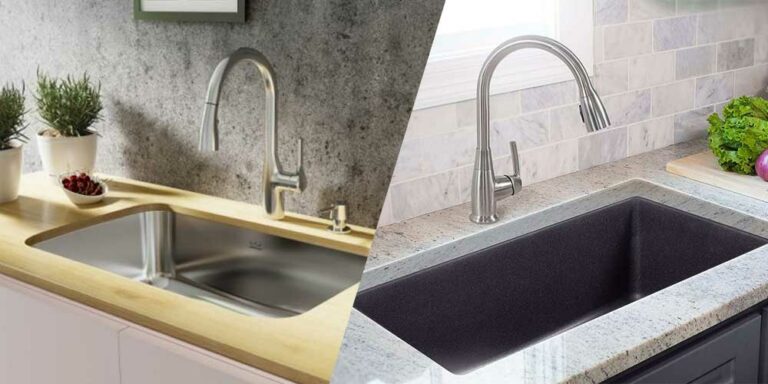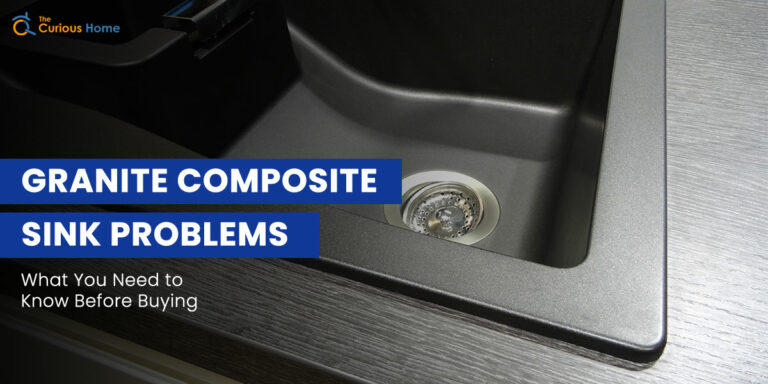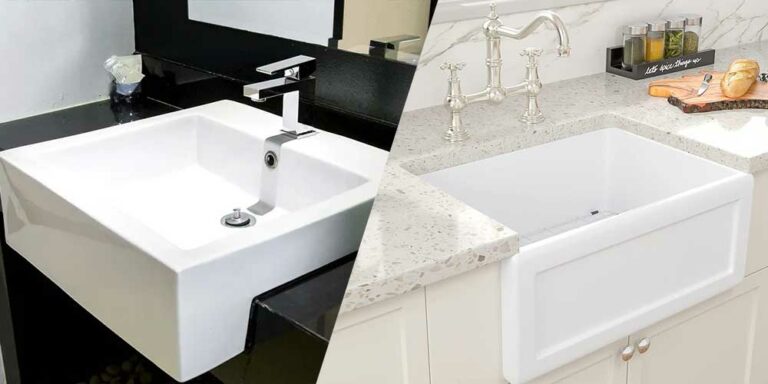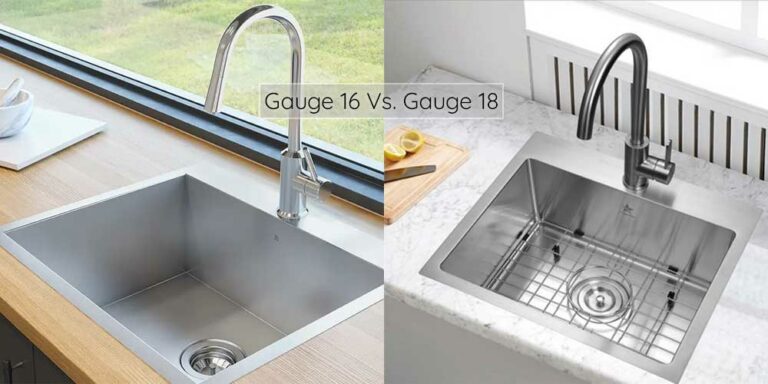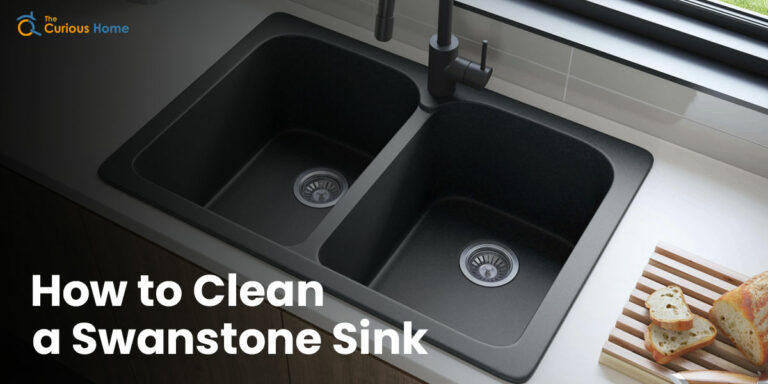Single vs Double Sink Kitchen : A Comprehensive Guide
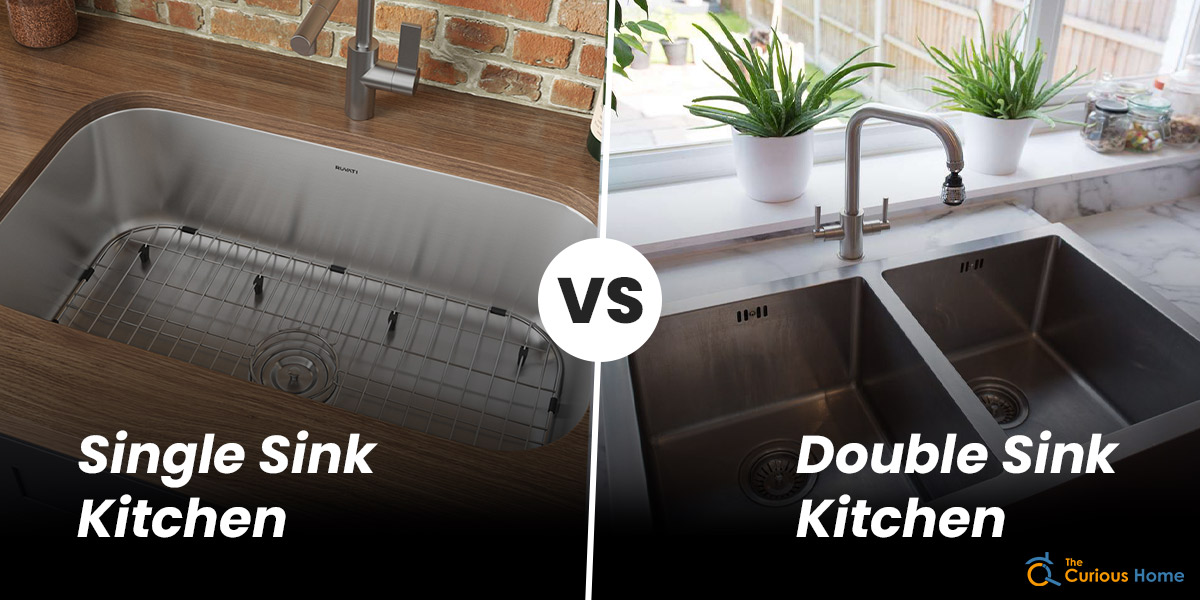
When it comes to designing or remodeling your kitchen, choosing the right sink can make a significant difference in your day-to-day activities. The top sink brands provide a plethora of options making it difficult to choose which sink type to choose. The two most common types of sink you’ll find in any brand or material are a single bowl and a double bowl sink.
A double-sink kitchen allows you to wash dishes more efficiently because two sinks are set up side by side. On the other hand, the single-sink kitchen has only one sink to work with but can be more convenient in terms of space since there usually isn’t a need to accommodate two sinks when there’s limited space.
Both of these options can be great if you’re on a budget and know what you need. In this article, we’ll look at the differences between the two options so you can make an informed choice.
What Is A Single Bowl Sink?
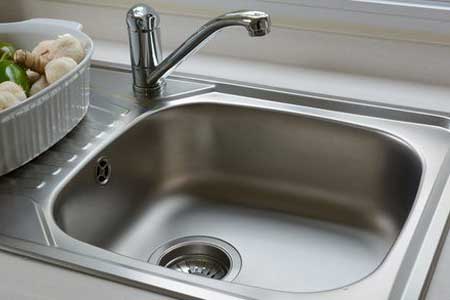
A single bowl sink has a basin with a central drain and one faucet in the middle. The advantage is that it takes up less space than a double bowl sink. Additionally, it’s less expensive than a double-bowl sink and ideal for small kitchens.
Pros And Cons Of Single Bowl Sink
Like any other kitchen fixture, single bowl sinks come with their own set of advantages and disadvantages that should be considered before making a purchase decision. Below we have listed all the pros and cons in detail
Pros
- More space: Single bowl sinks provide more space for washing larger pots and pans, making them ideal for those who frequently cook or bake.
- Easy to clean: With only one bowl to clean, single-bowl sinks are easier to maintain and keep clean.
- Cost-effective: Single bowl sinks are typically less expensive than double bowl sinks, making them a cost-effective choice for those on a budget.
- Versatility: Single bowl sinks can be installed in a variety of ways, including under-mount, drop-in, or farmhouse styles, making them versatile for any kitchen design.
Cons
- Limited functionality: Single bowl sinks lack the versatility of double bowl sinks, which can be used for both washing and rinsing dishes simultaneously.
- Water splashing: Due to the lack of a dividing wall, water can splash out of the sink more easily when washing dishes.
- No separation of tasks: Single bowl sinks do not provide the option to separate charges, such as washing dishes on one side and preparing food on the other, as double bowl sinks do.
- Limited storage: With only one bowl, single-bowl sinks offer limited storage for dirty dishes while washing, making them less practical for larger families or those who entertain frequently.
What Is A Double Bowl Sink?
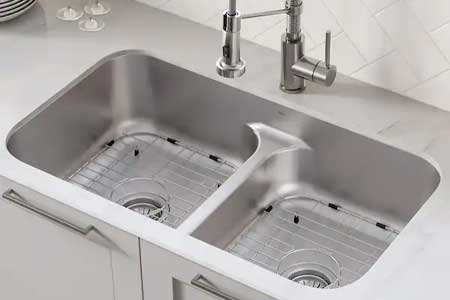
A double bowl sink is made up of two receptacles that are joined together by a narrow space in the centre. By doing this, you can use both sinks at once and avoid having to leave one vacant while cleaning the other.
Additionally, they enable you to rinse your dishes in one receptacle while the filthy water drains in the other, which cuts down on the time required for dishwashing while also allowing you to conserve water.
Pros And Cons Of Double Bowl Sink
We will explore the pros and cons of double bowl sinks in more detail to help you decide if this type of sink is the right fit for your kitchen.
Pros
- Separation of tasks: Double bowl sinks offer the option to separate tasks, such as washing dishes on one side and preparing food on the other, making them more functional than single bowl sinks.
- Greater versatility: Double bowl sinks can be used for washing and rinsing dishes simultaneously, saving time and making washing dishes easier.
- Increased storage: With two bowls, double bowl sinks offer increased storage for dirty dishes while washing, making them more practical for larger families or those who entertain frequently.
- Water containment: The dividing wall in double bowl sinks helps to contain water, reducing the risk of water splashing out of the sink.
Cons
- Less space: With two bowls, double-bowl sinks offer less space for washing larger pots and pans than single-bowl sinks.
- Difficult to clean: With two bowls, double bowl sinks are more difficult to clean than single bowl sinks, as food and debris can get trapped in the dividing wall leading to clogging of sink. However, to prevent clogs in a double bowl sink, it’s important to avoid disposing of large food particles, grease, and oil down the drain. Using a sink strainer can also help to catch any food particles before they go down the drain.
- Cost: Double bowl sinks are typically more expensive than single bowl sinks, making them less cost-effective for those on a budget.
- Limited installation options: Double bowl sinks are typically installed as under-mount or top-mount, limiting their versatility for some kitchen designs.
Can I swap A Single-Bowl For A Double-Bowl Sink?
It is feasible to switch a single-bowl sink for a double-bowl sink, but doing so might necessitate making changes to the countertop and pipes. It’s crucial to confirm that the new sink will work in the same location as the previous one and take other kitchen renovations into account. To make sure the work is completed securely and accurately, it is best to employ a professional.
Single Bowl Vs Double Bowl Sink | Which Is Better?
Personal preferences and requirements eventually determine whether to choose a single-bowl sink or a double-bowl sink. For those who value simplicity, room, and cleansing convenience, single-bowl sinks are a good option.
Those who value adaptability, the ability to divide chores, and more stowage should consider double-bowl sinks. While double-bowl sinks generally cost more and require more cleaning effort than single-bowl sinks, they are more useful. The choice ultimately comes down to what best satisfies your requirements and your kitchen layout.
Factors To Consider While Buying A Kitchen Sink
With the abundance of options available in the market, it can be overwhelming to pick the right sink that meets your needs and budget. However, there are several factors that you can consider to help you make an informed decision and choose the perfect sink for your kitchen.
1. Material
The sink’s substance should be taken into account. Stainless steel, cast iron, composite, and ceramic are typical building components. When a stainless steel is compared to procelain sink, porcelain sink are weighty and more prone to flaking, whereas stainless steel is robust and simple to clean.
Similarly, a granite sink in comprison to stainless steel sink, granite sinks come in a variety of hues and are impervious to stains and scratches.
2. Size
The height of your kitchen and your individual requirements determines the sink’s dimensions. Think about your available counter area, the number of dishes you cleanse on a regular basis, and whether you need a single or double-bowl sink.
3. Quality
To guarantee the sink’s longevity and sturdiness, quality is crucial. Make sure the finish is even and smooth, and look for basins made of heavier gauge steel or cast iron.
4. Warranty
In the event of any flaws or harm, a warranty can offer you peace of mind. Make sure you know what is protected and for how long the sinks you are considering have a manufacturer’s guarantee.
Conclusion
A crucial choice for your kitchen may be the ideal kitchen sink. Evaluating your unique requirements and tastes is critical when deciding on the sink’s substance, size, quality, and warranty. Popular materials to take into account include stainless steel, cast iron, composite, and porcelain. The height of the sink is determined by the scale of your kitchen and your individual needs.
In order to ensure the longevity of your sink, quality is essential. It’s vital to search for thicker gauge steel or cast iron as well as a clean, even surface. In the end, cautious thought and study are necessary to choose the ideal kitchen sink.

